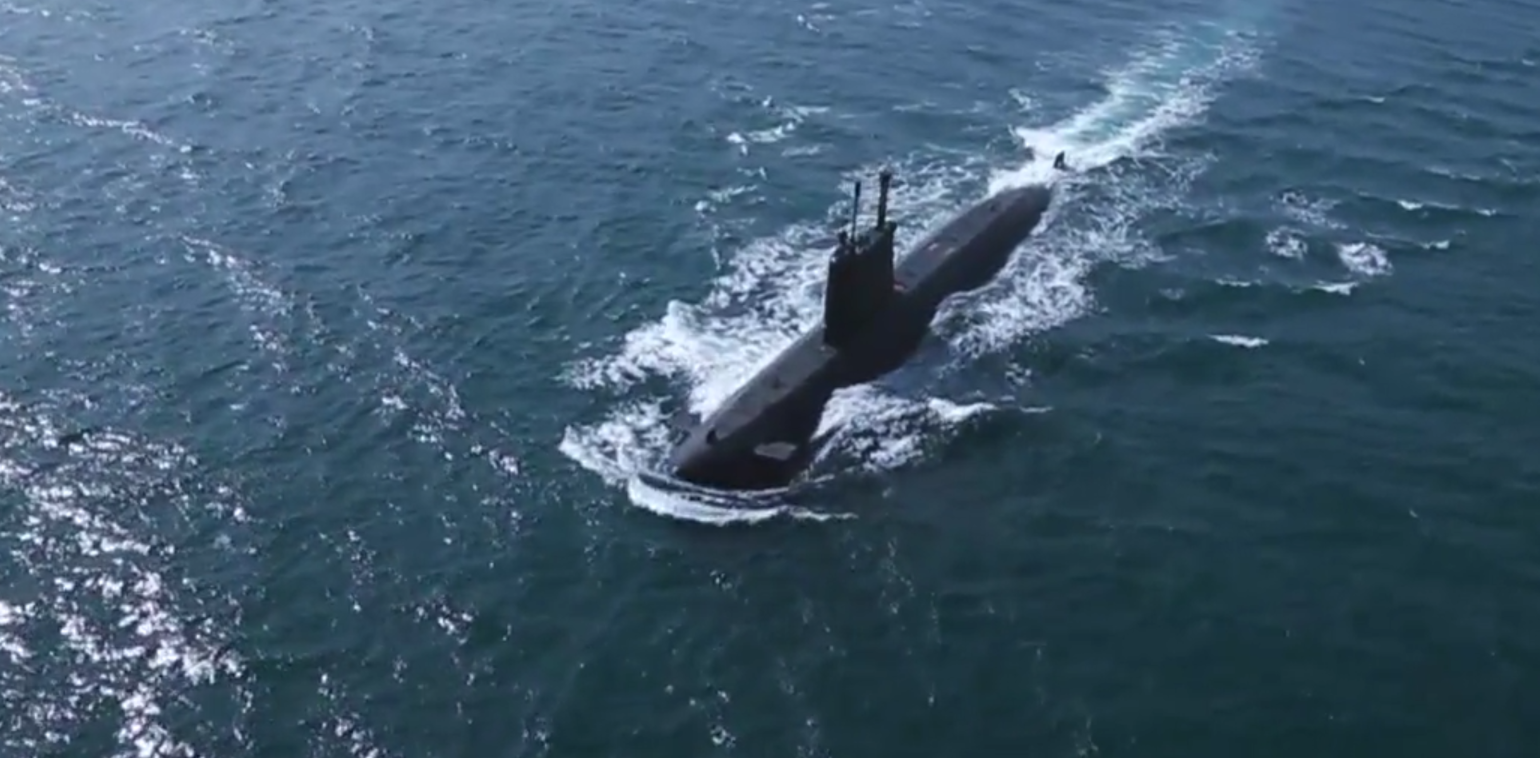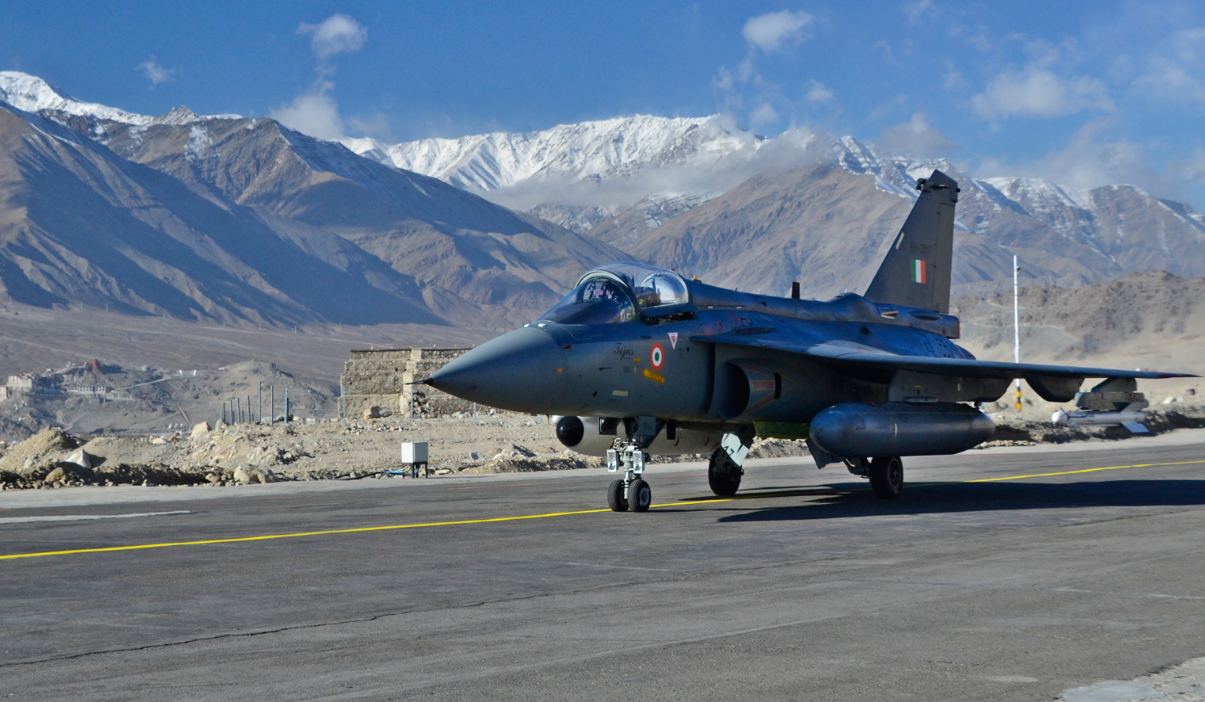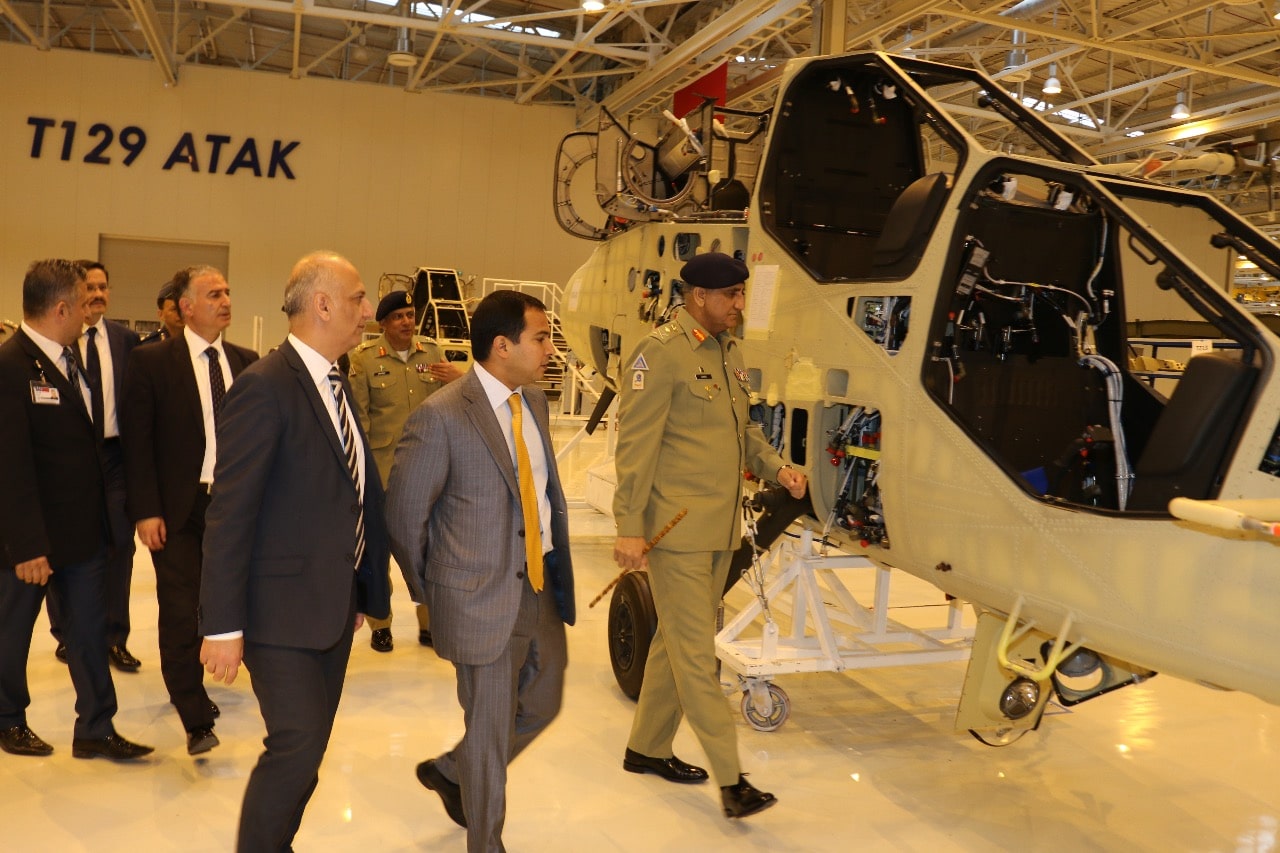38Views 16Comments

Pakistan will start receiving its new submarines from 2022
The Pakistan Navy will receive the first of eight conventional attack submarines on order from China in 2022, with the initial batch of four expected to be delivered by the end of 2023.
The remaining four, which will be produced in Pakistan by Karachi Shipyard & Engineering Works (KSEW), will be in the hands of the Pakistan Navy by 2028.
The information was conveyed to the National Assembly’s Standing Committee on Defence by the Chief Project Director of Pakistan’s next-generation submarine program (The News International).
Comment and Analysis
This briefing to the National Assembly provides official confirmation that the Pakistan Navy’s long-awaited next-generation submarine program was not only finalized, but also placed in the procurement pipeline.
In 2011, Pakistan opened negotiations with China Shipbuilding & Offshore International Co. Ltd (CSOC) for six air-independent propulsion (AIP)-powered submarines. This was in the aftermath of a collapse in negotiations with Germany of three Type 214s. In April 2015, the Pakistani government approved the purchase of eight submarines, and in July, the contract was referred to Beijing for final approval.
The contract was put into effect from October 2015. In April 2016, a Pakistan Navy official announced that KSEW had secured the contract to produce four of the eight submarines (as well as providing official confirmation that the types procured are to be equipped with AIP systems).
The scheduled timeline (i.e. of 12 years) was to be expected. The specific make of the Pakistan Navy’s forthcoming submarines has not been disclosed, although it is strongly speculated to be the CSOC S20, an export-centric design based on the Type 039A/041 Yuan-class diesel electric submarine.
With a submerged displacement of 2,300 tons, the S20 is lighter than the Yuan, which has an underwater displacement of 3,600 tons. However, the S20 retains the Yuan’s six 533mm torpedo tubes, which could be used to launch heavyweight torpedoes as well as anti-ship cruise missiles. The S20 does not come with an AIP system, but the customer could request it as a separate addition.
The type, model or even origin of the AIP systems for Pakistan’s submarines have also not been disclosed. It has also been speculated that these submarines will also form the sea-based arm of Pakistan’s emerging nuclear second-strike triad. As with much of this program, these details have not officially been confirmed.
The induction of these submarines – and modernization of Pakistan’s three DCNS Agosta 90B submarines – will provide Pakistan with a relatively strong submarine force, especially if all 11 boats are powered by AIP. There are few navies in the world to possess that many quiet long-endurance submarines. While India is poised to operate a fleet that is at least as large, Pakistan does have a much smaller coastline to defend.
The anti-access and area denial (A2/AD) value of this fleet will be significant, though work ought to now shift to the area of new-generation anti-ship missiles (AShM). With surface combatants and even high-value land assets protected by increasingly capable air defence systems. The Israeli-Indian Barak-8 is comprised of an active electronically-scanned array (AESA)-radar and active homing surface-to-air missiles (SAMs). Coupled with point-defence missile systems (PDMS), sub-sonic AShMs will be vulnerable. In this vein, it will be worth seeing if Pakistan pursues supersonic (or higher speed) designs from China.


